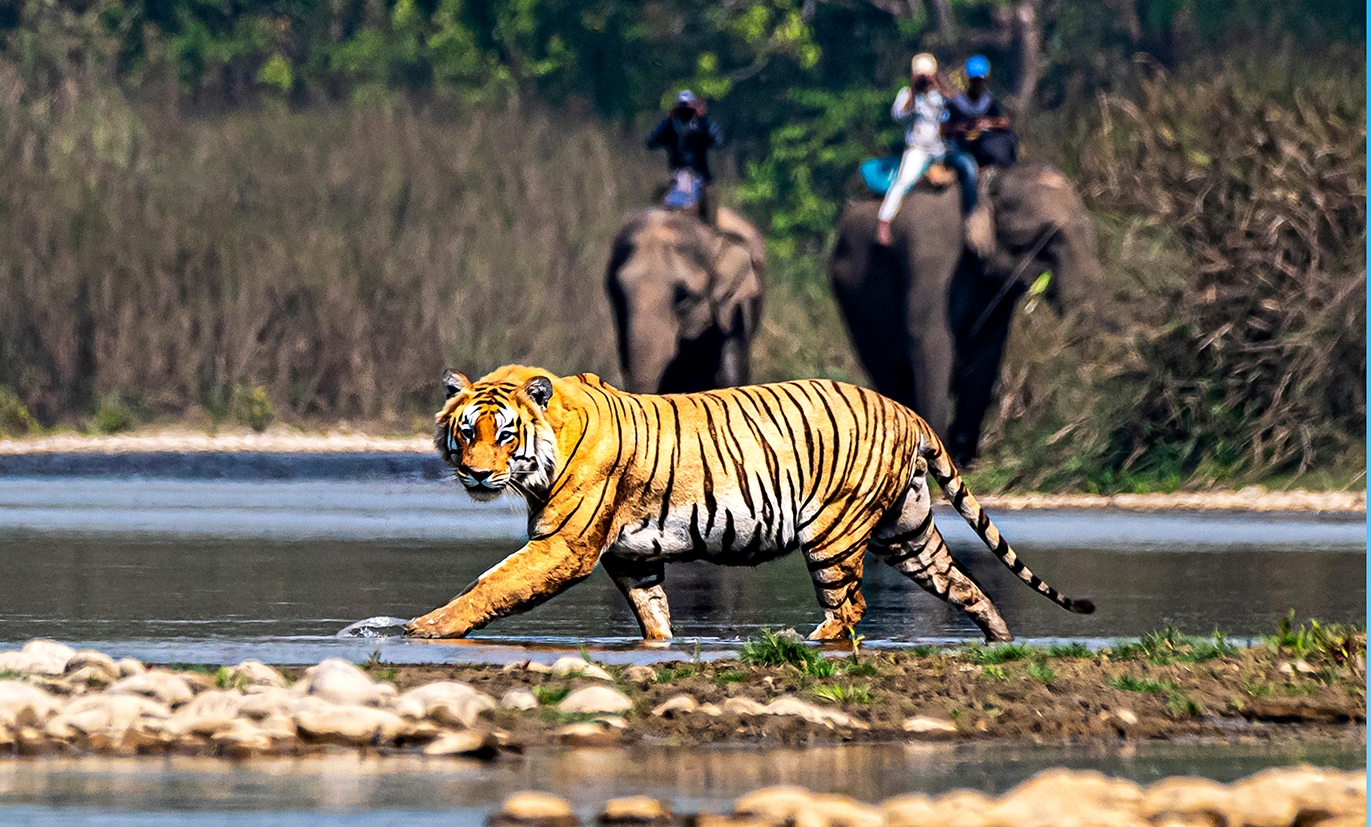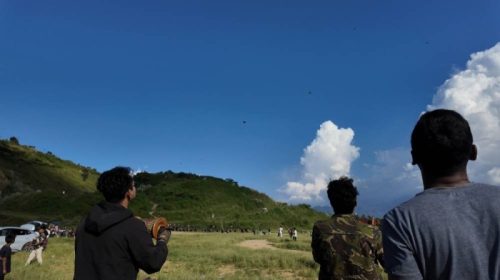International Tiger Day 2025 is being marked today with various awareness programs aimed at conserving the endangered Royal Bengal tiger species across the country.
The day is marked globally every July 29 following a 2010 resolution at the Tiger Summit in St. Petersburg, Russia, where participating nations pledged to double wild tiger populations by 2022.
According to Nepal’s 2022 tiger census, the country’s tiger population has risen to 355, surpassing its earlier target of doubling the 2009 count of 121. This achievement, while a conservation success, has also raised challenges related to habitat management, human-wildlife conflict, and the overall carrying capacity of Nepal’s protected areas. Experts estimate that Nepal can support up to around 400 tigers.
The Ministry of Forests and Environment, in coordination with the Department of National Parks and Wildlife Conservation, National Trust for Nature Conservation, World Wildlife Fund, and Geological Society of London, is currently conducting a study to determine the nation’s tiger carrying capacity.
Globally, the tiger population plummeted from an estimated 100,000 in 1900 to 3,200 in 2010. Thanks to worldwide conservation initiatives, the population has increased to approximately 4,500 as of 2022. Royal Bengal tigers are found in Nepal and several other Asian countries, including India, Bhutan, China, Russia, Bangladesh, Vietnam, Myanmar, Malaysia, Indonesia, Thailand, and Laos.








